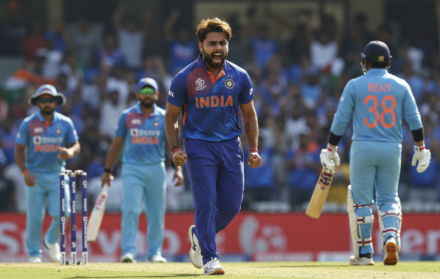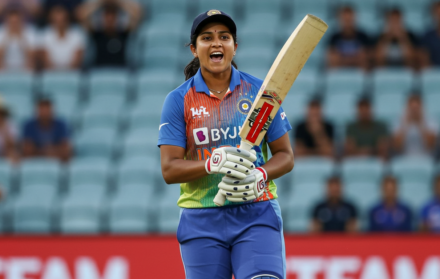
Game-Changing All-Rounders in Cricket: Top 5 Picks
In cricket, having players who can contribute with both bat and ball isn’t just a luxury — it’s a match-winning asset. The best all-rounders in cricket aren’t just fillers or backups; they’re impact players who can turn games with a crucial spell or a late-innings cameo. As the modern game becomes faster and more tactical, the value of an all-rounder has never been higher.
These cricketers offer balance, depth, and strategic flexibility. A quality all-rounder allows captains to play an extra batter or bowler, depending on the conditions. But more importantly, they bring a mentality of contribution — stepping up wherever the team needs them most.
In this article, we highlight five game-changing all-rounders who are redefining what it means to be multi-skilled in the modern era. They’re not just playing both roles — they’re excelling at both, often in high-pressure scenarios. Whether it’s through blistering strike rates, crucial breakthroughs, or calm under fire, these five stars are setting the standard.
If you’re building a team to win titles, you’ll want at least one of these names on your squad sheet.
1. Ben Stokes (England)

When you talk about modern all-rounders, Ben Stokes is the first name that comes to mind. He’s not just a contributor — he’s a force of nature. Whether it’s a Test epic, a World Cup final, or an IPL crunch match, Stokes delivers when it matters most.
With the bat, he brings grit and explosiveness. Who could forget that unbeaten 135 at Headingley or the iconic knock in the 2019 World Cup final? Stokes has the unique ability to both rebuild an innings and finish one with firepower. His batting strike rate, especially in limited-overs cricket, makes him a top-order threat and a dependable finisher.
As a bowler, he’s not express pace — but he’s smart, gutsy, and thrives on heavy workloads. Captains turn to him when they need a breakthrough, and he often delivers, especially in pressure situations where others fade.
But what elevates Stokes beyond the stat sheet is his presence. He brings an energy that lifts the entire team. In big moments, he wants the ball, he wants the bat, and he thrives on the weight of expectation. Few all-rounders have defined an era the way Stokes has — and he’s far from done.
2. Hardik Pandya (India)
When it comes to T20 cricket, few players have had as dramatic an impact as Hardik Pandya. He’s not just a utility player — he’s a genuine match-winner with both bat and ball. As one of India’s premier all-rounders, Pandya brings pace, power, and presence, especially in crunch situations.
With the bat, Pandya is among the most destructive finishers in the game. He has the ability to clear any boundary, often striking at over 150 in T20s. But more than brute force, it’s his shot selection and game awareness that stand out. Whether rebuilding after a collapse or launching a death-overs assault, he adapts to the scenario seamlessly.
As a bowler, he provides valuable overs of medium pace, especially when conditions assist cutters and back-of-a-length deliveries. While he may not always bowl his full quota, his knack for picking up key wickets — particularly in the middle overs — gives his captain much-needed flexibility.
Pandya also thrives in leadership roles, having captained Gujarat Titans to an IPL title. His confidence, flair, and all-round ability make him one of the most valuable all-rounders in white-ball cricket today.
3. Cameron Green (Australia)

Tall, athletic, and composed beyond his years, Cameron Green is Australia’s most exciting all-round prospect since Shane Watson. Still early in his career, Green has already shown glimpses of becoming a multi-format powerhouse, blending solid technique with explosive potential.
As a batter, Green is a clean striker who can play pace and spin with equal authority. He’s been trusted in various roles — from opening in T20s to stabilising the middle order in Tests. His century against India in Ahmedabad showed he could step up on the big stage, while his rapid 50s in the IPL hinted at his T20 potential.
With the ball, Green is no part-timer. He bowls at 135–140 km/h, extracts bounce, and can bowl tough overs when the main seamers need rest. His height gives him natural lift, making him a threat on even flat tracks.
What sets him apart is his composure and adaptability. Green doesn’t just play both roles — he understands when to assert and when to absorb pressure. As Australia reshapes its squad for the future, Green is central to that plan — a complete modern cricketer, and one of the most promising all-rounders of his generation.
4. Shakib Al Hasan (Bangladesh)
Few cricketers are as consistently effective across formats as Shakib Al Hasan. A veteran of the game, Shakib is not just Bangladesh’s greatest ever cricketer — he’s also one of the most reliable all-rounders the sport has seen in the last two decades.
With the bat, Shakib is a calculated accumulator, capable of anchoring innings and accelerating when needed. His record in World Cups — where he’s often Bangladesh’s top scorer — shows his ability to step up on the global stage. He’s scored runs in all conditions, from subcontinental pitches to bouncier tracks in Australia and England.
As a bowler, his left-arm orthodox spin is nothing short of elite. He’s not just a container — he’s a wicket-taker. His control, subtle variation, and match awareness make him especially effective in T20s and ODIs. He often bowls in the powerplay, a role reserved only for those with complete command over their craft.
Beyond stats, Shakib brings calm leadership, vast experience, and the rare ability to influence matches from both ends. In a format where specialisation is common, Shakib remains the gold standard for multi-dimensional excellence among all-rounders.
5. Ravindra Jadeja (India)
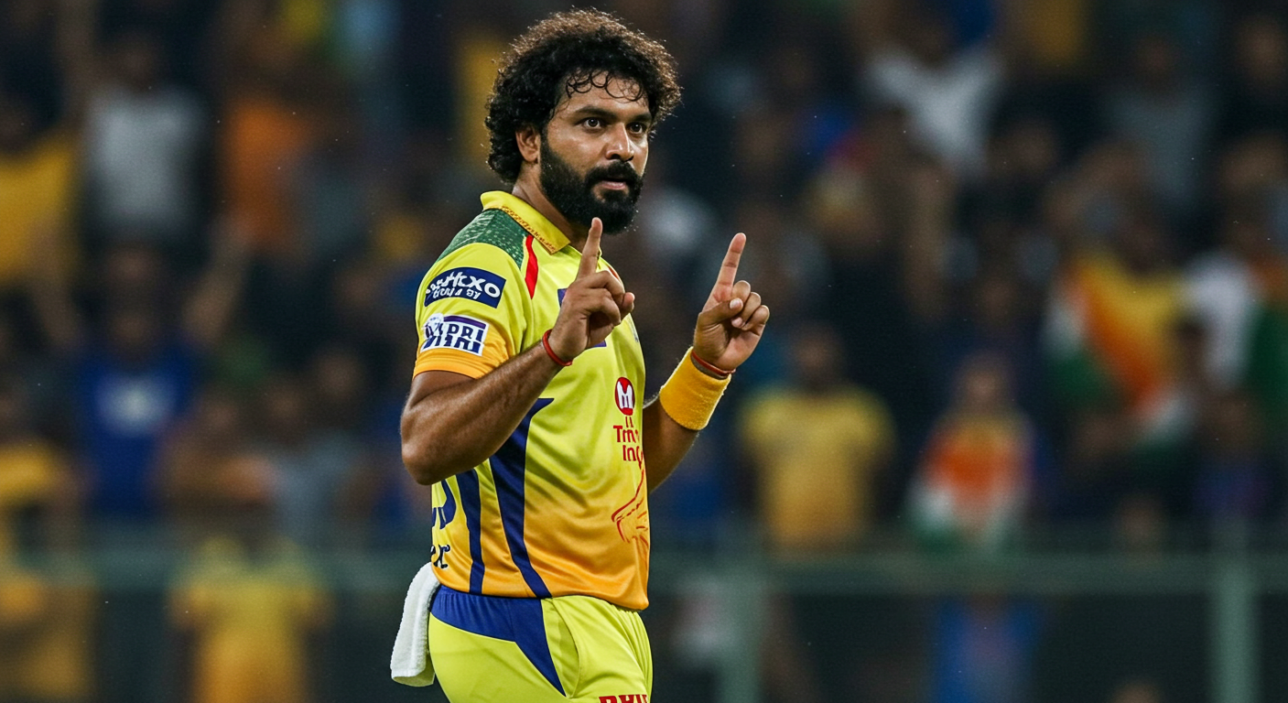
Ravindra Jadeja might not always be in the limelight, but few cricketers have a more profound impact on matches across all formats. He is the embodiment of the word ‘all-rounder’ — a player who fields like a dream, bowls with surgical precision, and bats with nerve and flair when the situation demands.
With the ball, Jadeja’s left-arm spin is relentless. He doesn’t turn it square, but his pace through the air, accuracy, and natural variation have dismantled top batting orders, especially in the subcontinent. His role in India’s Test dominance at home is unparalleled.
His batting has evolved dramatically. No longer just a lower-order hitter, Jadeja now builds innings with maturity. Whether it’s a rescue act in Tests or a cameo in a tight chase, he delivers with quiet assurance. His fifties and hundreds in high-stakes games prove he’s a batter in his own right.
Add to that his electric fielding, and you have one of the most complete cricketers in world cricket. He might not grab headlines like others, but when it comes to impact and balance, Jadeja remains one of the most valuable all-rounders in the game.
6. What Makes a Great All-Rounder in Cricket?
Being an all-rounder isn’t just about ticking two boxes on a team sheet. It’s about impact, adaptability, and the ability to deliver in both roles under pressure. A great all-rounder doesn’t need to be world-class in both departments — but they must be good enough to walk into the team based on either discipline alone.
Key traits include game awareness, knowing when to accelerate or slow down, and when to bowl defensive overs versus attacking ones. Consistency is crucial — teams rely on all-rounders to plug gaps and rescue bad days. Then there’s the mental toughness: the ability to bounce back from a poor showing in one skill and contribute with the other.
Fitness and fielding also play a massive role. Great all-rounders are often three-dimensional cricketers, adding value in the field and energising teammates with their intensity. Players like Stokes, Hardik, and Jadeja aren’t just good in dual roles — they’re often the first name on the team sheet.
7. The Role of All-Rounders Across Formats
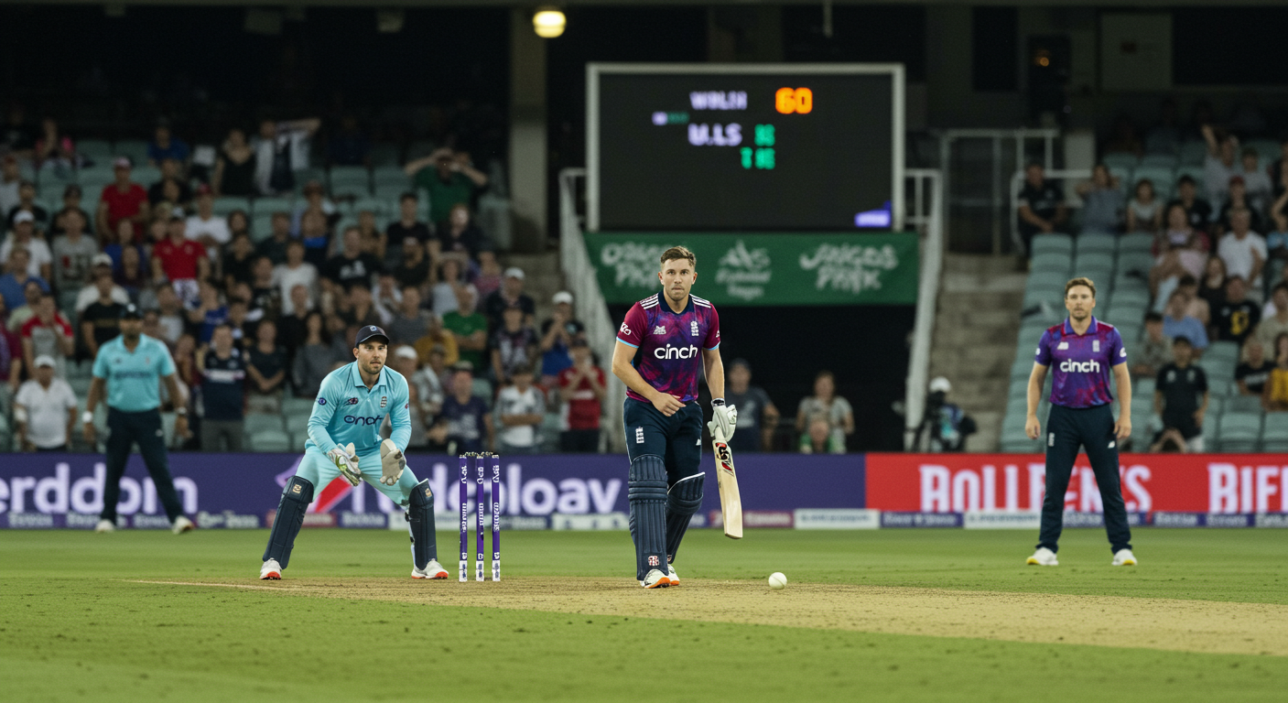
All-rounders play distinct roles depending on the format — and great ones adjust accordingly. In Tests, they bring balance to team selection: a fast-bowling all-rounder offers rest for frontline bowlers, while a batting all-rounder adds stability at No. 6 or 7. They’re often used to break partnerships or extend innings when collapse threatens.
In ODIs, all-rounders are tactically golden. They fill in overs when conditions don’t suit frontline bowlers and provide lower-order hitting to push scores past par. They’re also vital in adapting quickly to different match situations — whether defending a total or chasing one under pressure.
In T20s, their value skyrockets. With just 20 overs, every role is amplified — and a player who can bowl two overs and bat at 160+ strike rate is priceless. Think Hardik Pandya, Liam Livingstone, or Moeen Ali — all capable of turning a game with a single spell or knock.
Understanding the demands of each format is what separates average contributors from game-changing all-rounders.
Conclusion: Why All-Rounders in Cricket Are the Ultimate Advantage
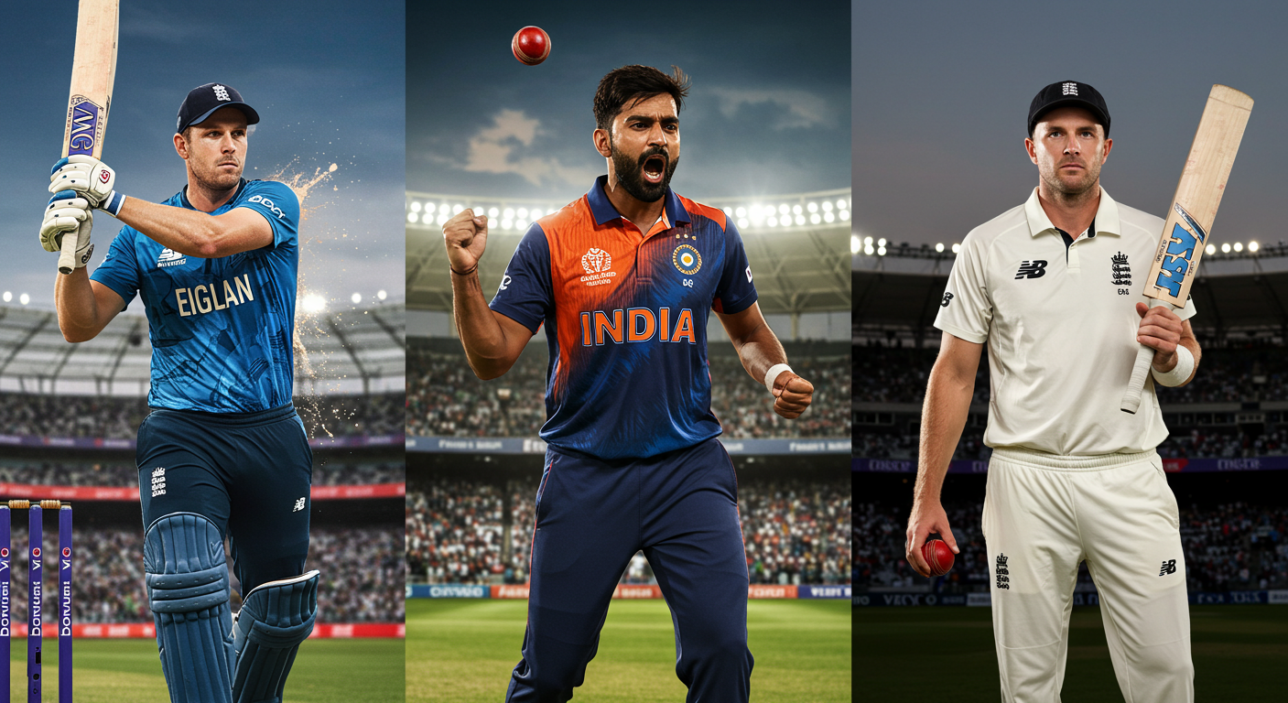
In today’s fast-paced cricketing landscape, all-rounders are more than just multi-role players — they are the glue that holds a team together. They allow captains to stretch team combinations, offer cover in crisis, and create match-winning moments from unexpected positions. Whether through a late flourish with the bat or a key breakthrough with the ball, all-rounders often shift momentum in ways pure specialists cannot.
The five players featured here represent different eras, styles, and formats — but what unites them is their ability to influence all phases of a match. From Stokes’ big-match heroics to Shakib’s consistency, from Hardik’s T20 firepower to Green’s versatility and Jadeja’s all-phase brilliance, each offers a blueprint for the modern cricketer.
As team strategies evolve and formats demand more from fewer players, the value of genuine all-rounders will only increase. They don’t just balance a side — they elevate it. And for fans, selectors, and coaches alike, that makes them the most exciting, dynamic, and indispensable assets on the cricketing field.


